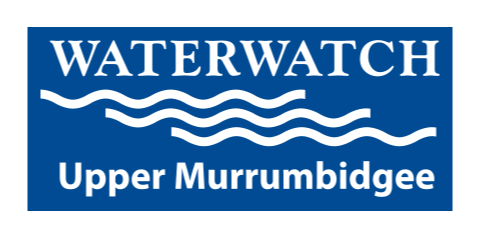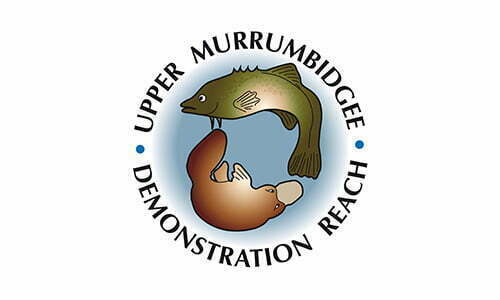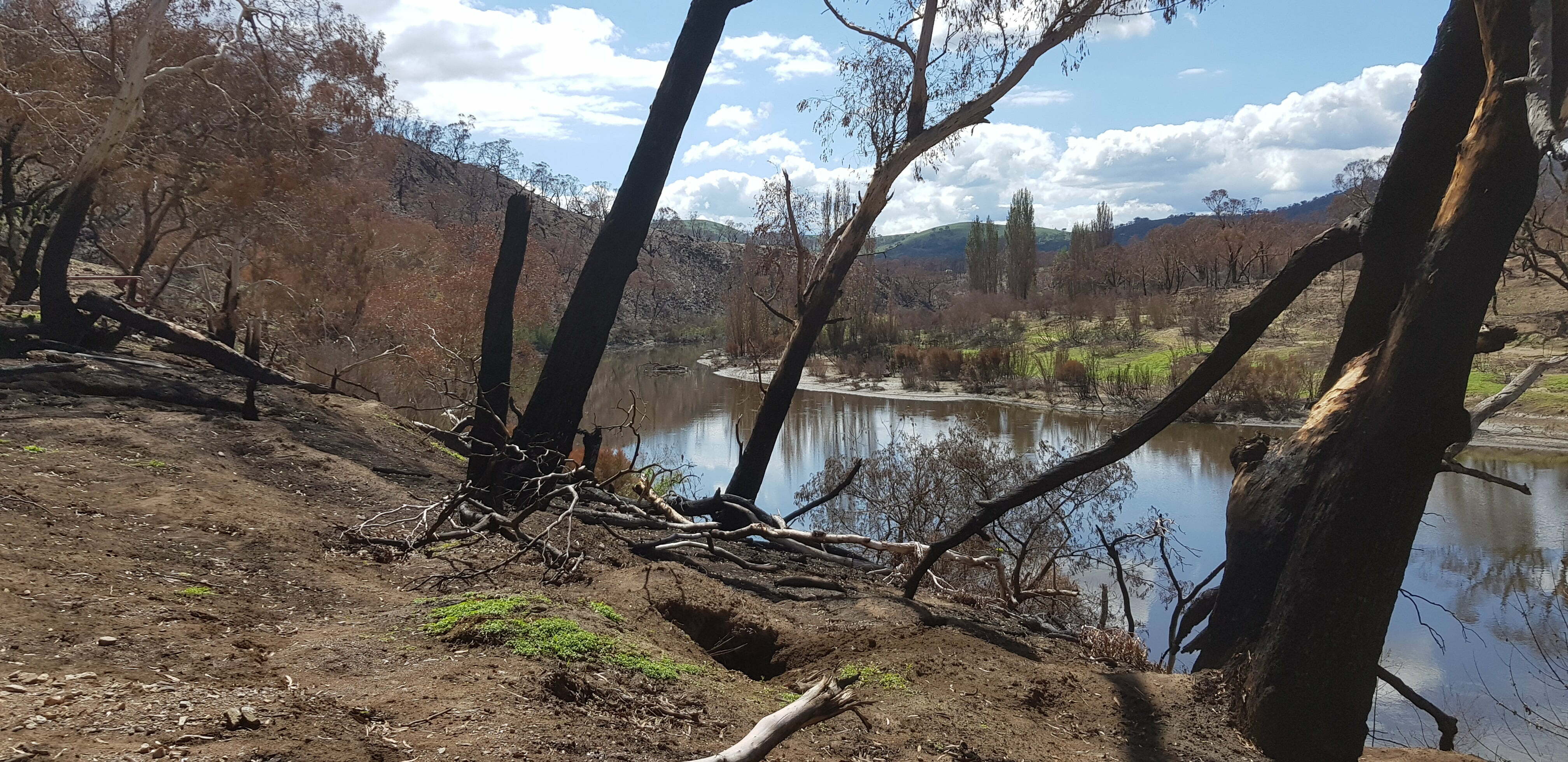The 2019-202 black summer bushfires greatly impacted the upper Murrumbidgee catchment. Coming at the end of a severe drought period, which saw many watercourses dry up completely and others reduced to a series of refuge holes, the fires dominated the landscape. With so little moisture present, the fires were able to burn right down through drainage lines and along watercourses into area areas which normally retard fire.
Dousing rains came nearly two months after the fires started, a relief to our worn-out communities. As the rains continued to fall, the gullies, creeks and rivers started to run- a welcome relief after such intense drought. With the extensive areas burnt and no buffering vegetation, however, massive amounts of ash, silt, sediment and debris was washed into our streams, and out rivers ‘ran black’ for many days.
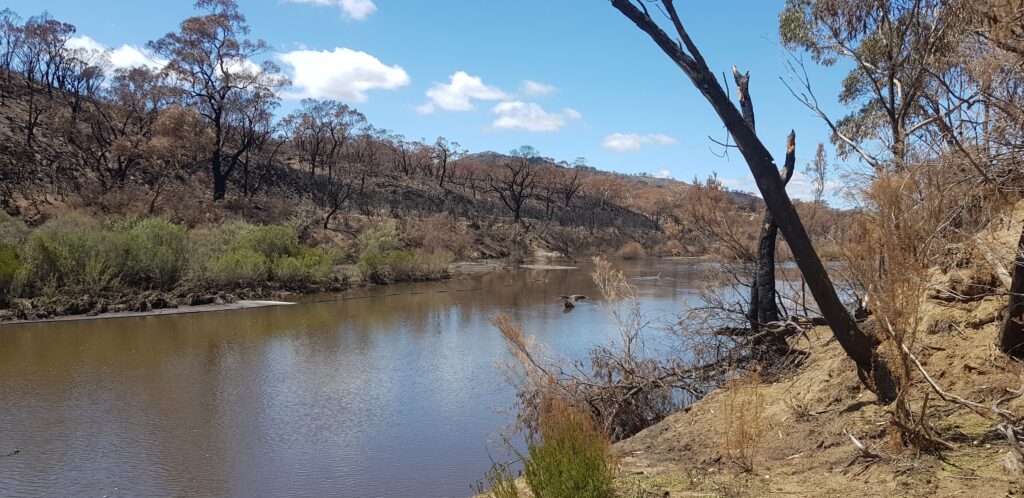
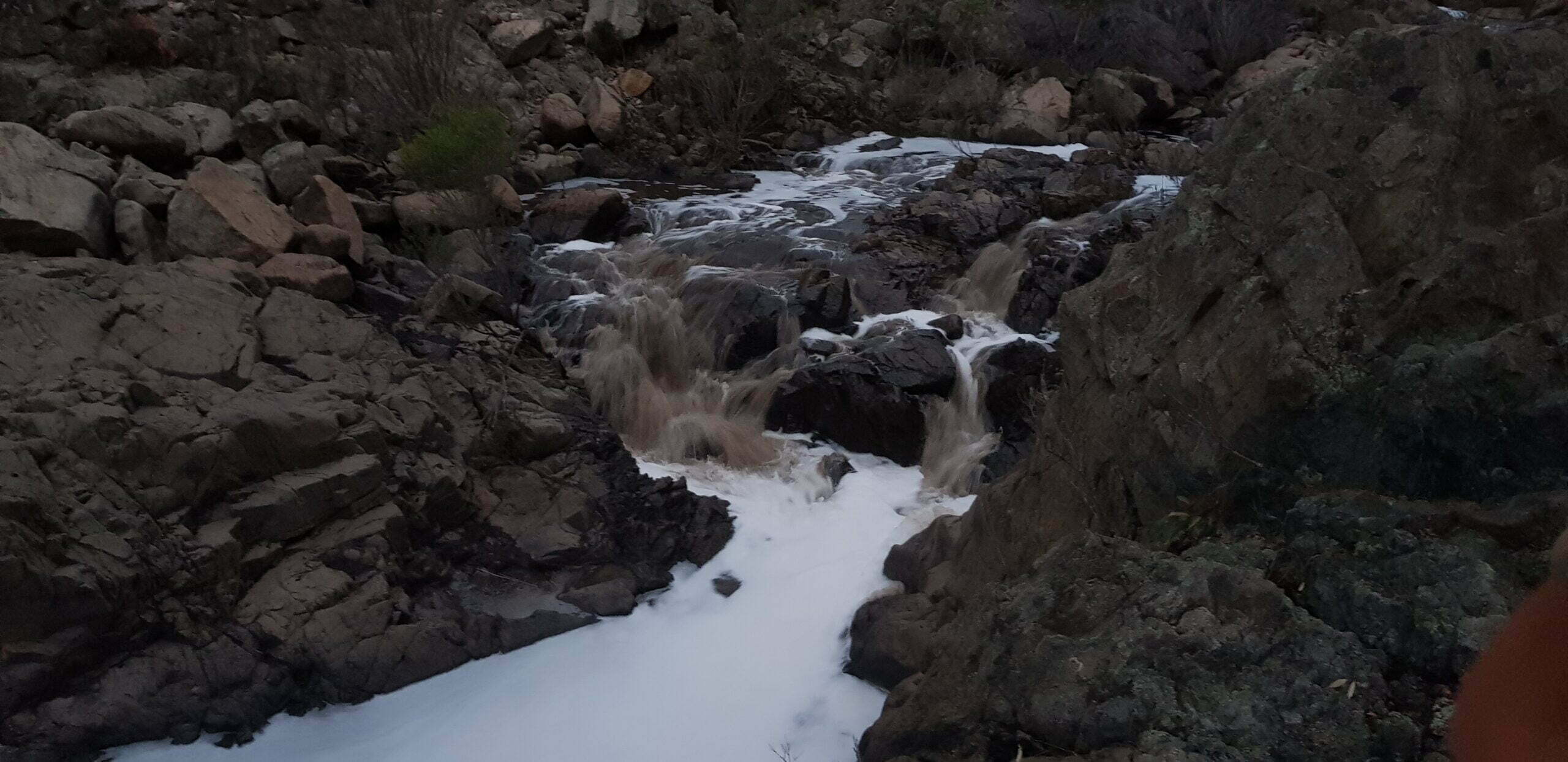
Fire impacts on fish
When rivers are so heavily affected by fire, there are short, medium and long term impacts to consider which influence management decisions along the road to recovery, especially when trying to protect native fish and other iconic species like the Rakali and Platypus. The Upper Murrumbidgee River is home to one of the last remaining natural (not stocked) populations of Macquarie perch- an endangered native fish found nowhere else in the world. A large focus of bushfire recovery has been to assist this species.
Short term impacts:
Short term impacts on our rivers after fire include water quality decline resulting from ash, silt and debris washing into the system. This can result in dissolved oxygen plummeting, leaving fish gasping for air. In the upper Murrumbidgee, we experienced heavy rains and flooding straight after the fires but were fortunate that the fast run-off meant dissolved oxygen levels did not go low, preventing mass fish kills. The heavy nature of the rain event, however, meant that an extreme amount of ash and fine silt was washed into our streams, with thick ashen silt layers being deposited the bottom of pools and on banks of the rivers for hundreds of km along our river system. This ash can set in a hard thick layer, clogging up riffles and rocks- the essential habitat for waterbugs – which are an important food source for our fish and other aquatic species.
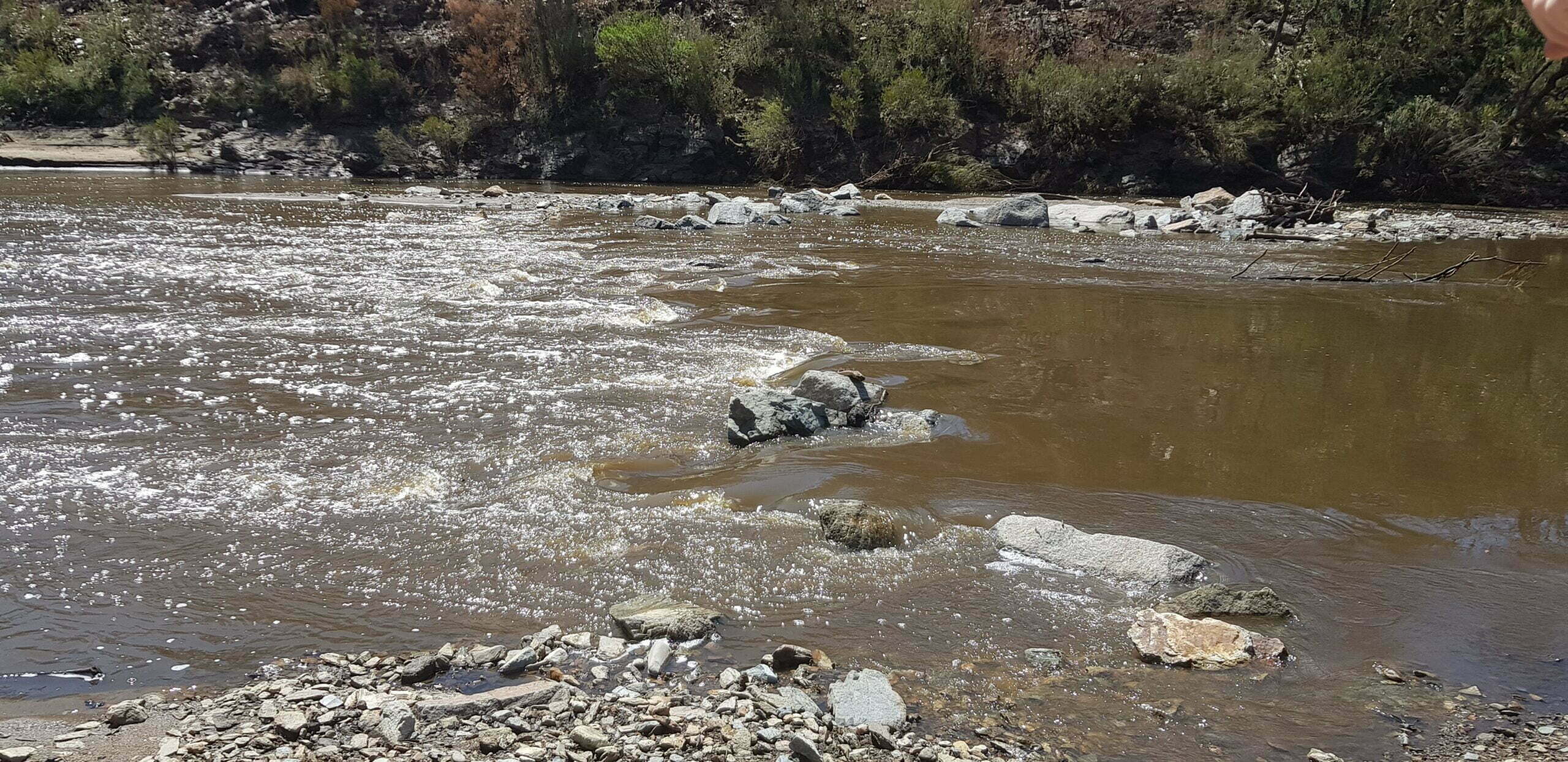
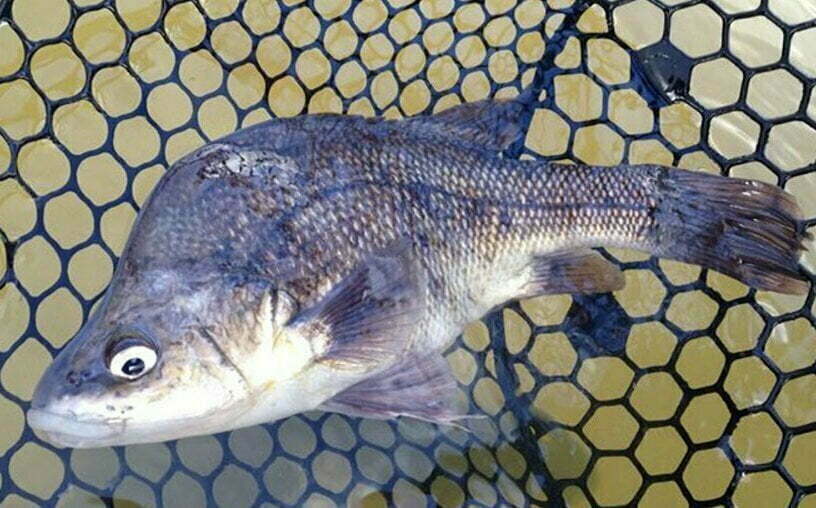
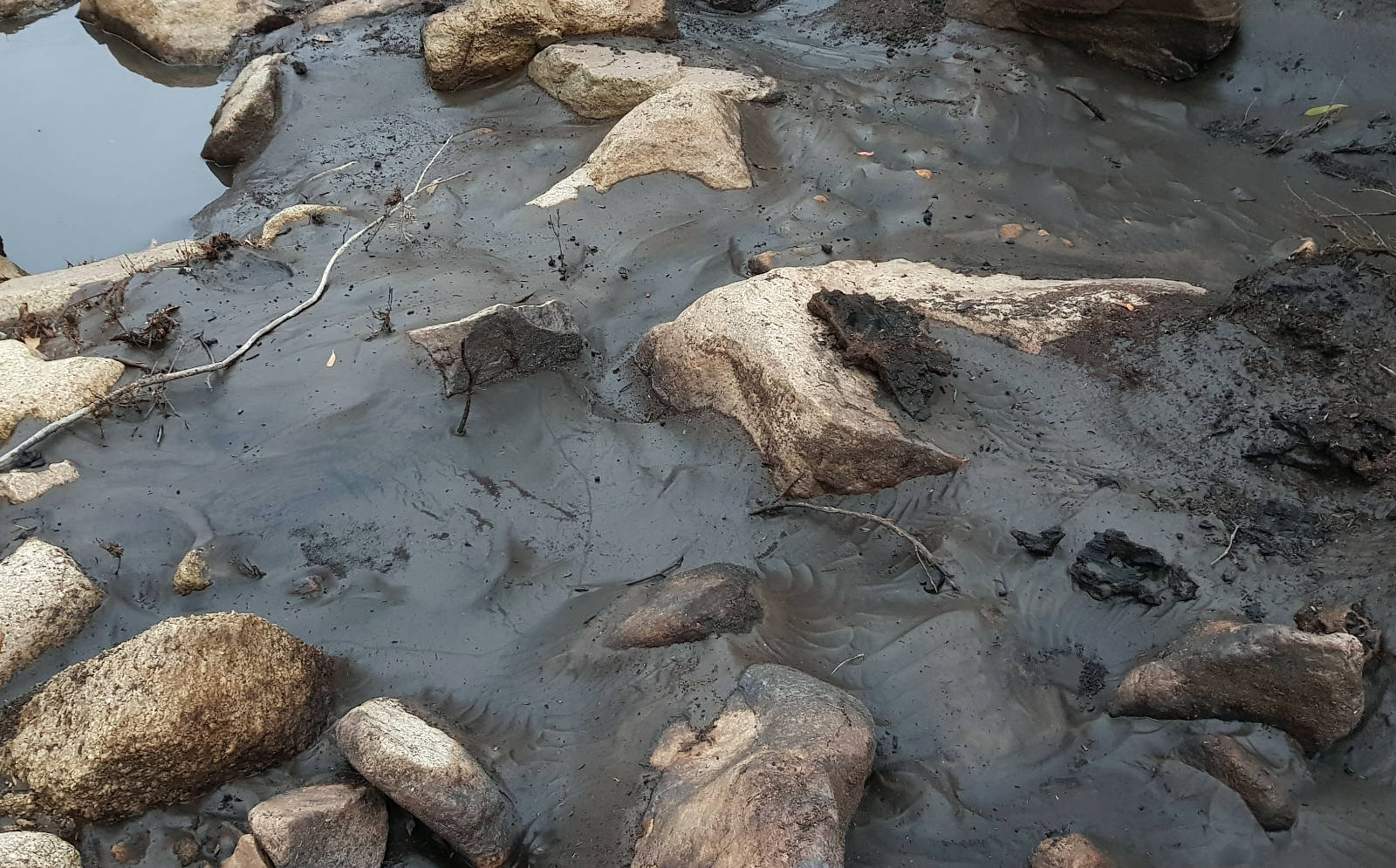
Medium term impacts:
The knock on effect of short term impacts is the accumulation of ash and silt in the rivers that continues to affects the ecological functioning of the system. Relief from this comes as the ash is scoured away from successive flood events… but… rivers are connected systems, so scouring ash away from one habitat means it is flushed and then deposited downstream, in another! How far the ashen sediment pulse is carried is determined by the energy of each flood event. Even now, two years after the fires and in the wettest conditions the upper Murrumbidgee catchment has experienced in 20 years, floods are still bringing down thick layers of ash which settles on riverbank vegetation and instream habitat as waters recede.
With the heavy rain events which came after the fires the upper Murrumbidgee also experienced mass movement of sediment, logs and rock off the fireground, which was deposited in the upper Murrumbidgee as well as tributary gullies. Gross sediment movement on the scale seen after the fires completely smothers aquatic habitat, including important refuge holes for fish. Large sand slugs and sand bars have appeared in areas of the upper Murrumbdigee that had previously been deep pools. Many thousands more cubic meters of sediment was deposited in tributary gullies and this has been the focus of our bushfire recovery work, supported by the Caterpillar Foundation.
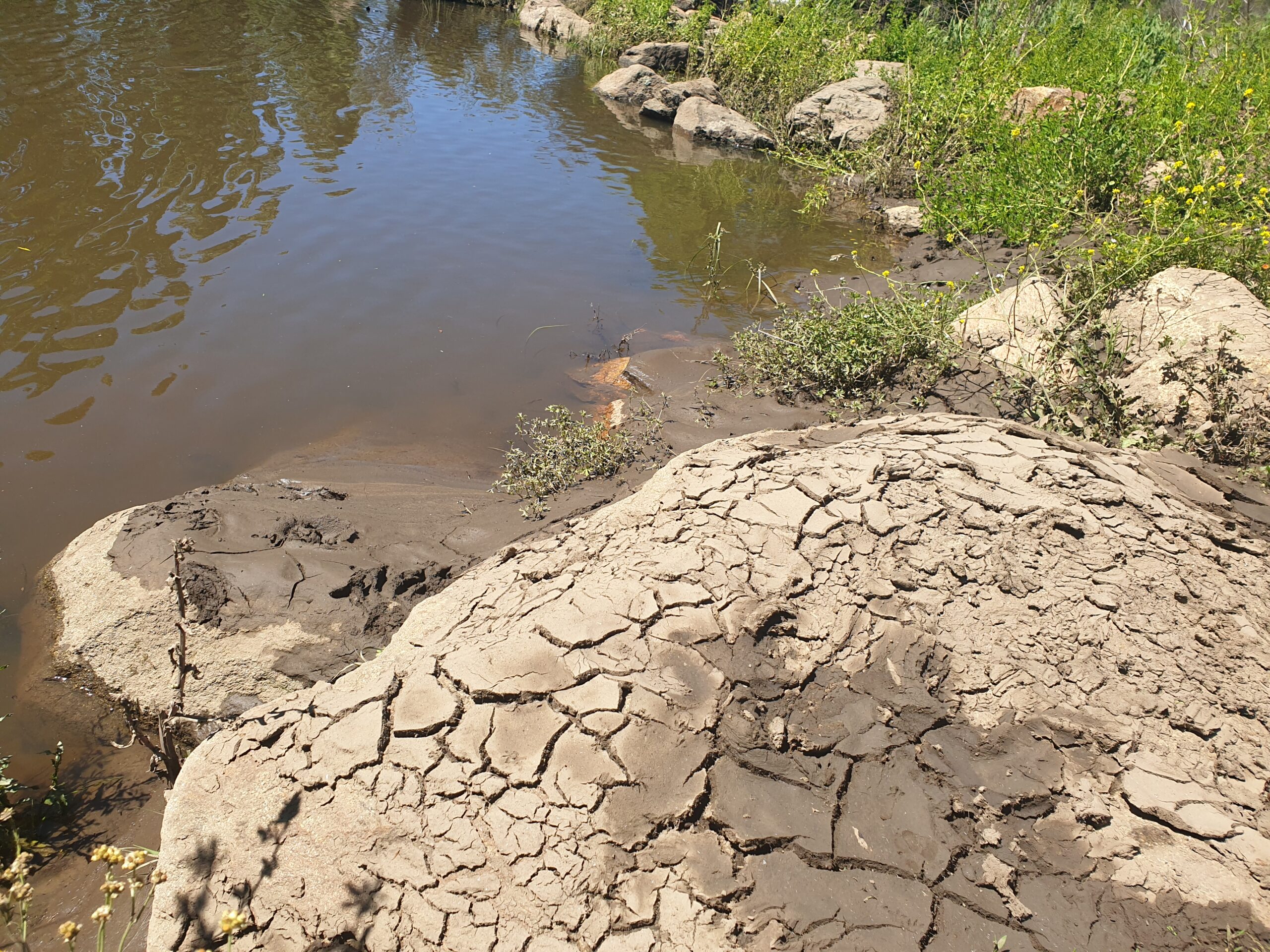
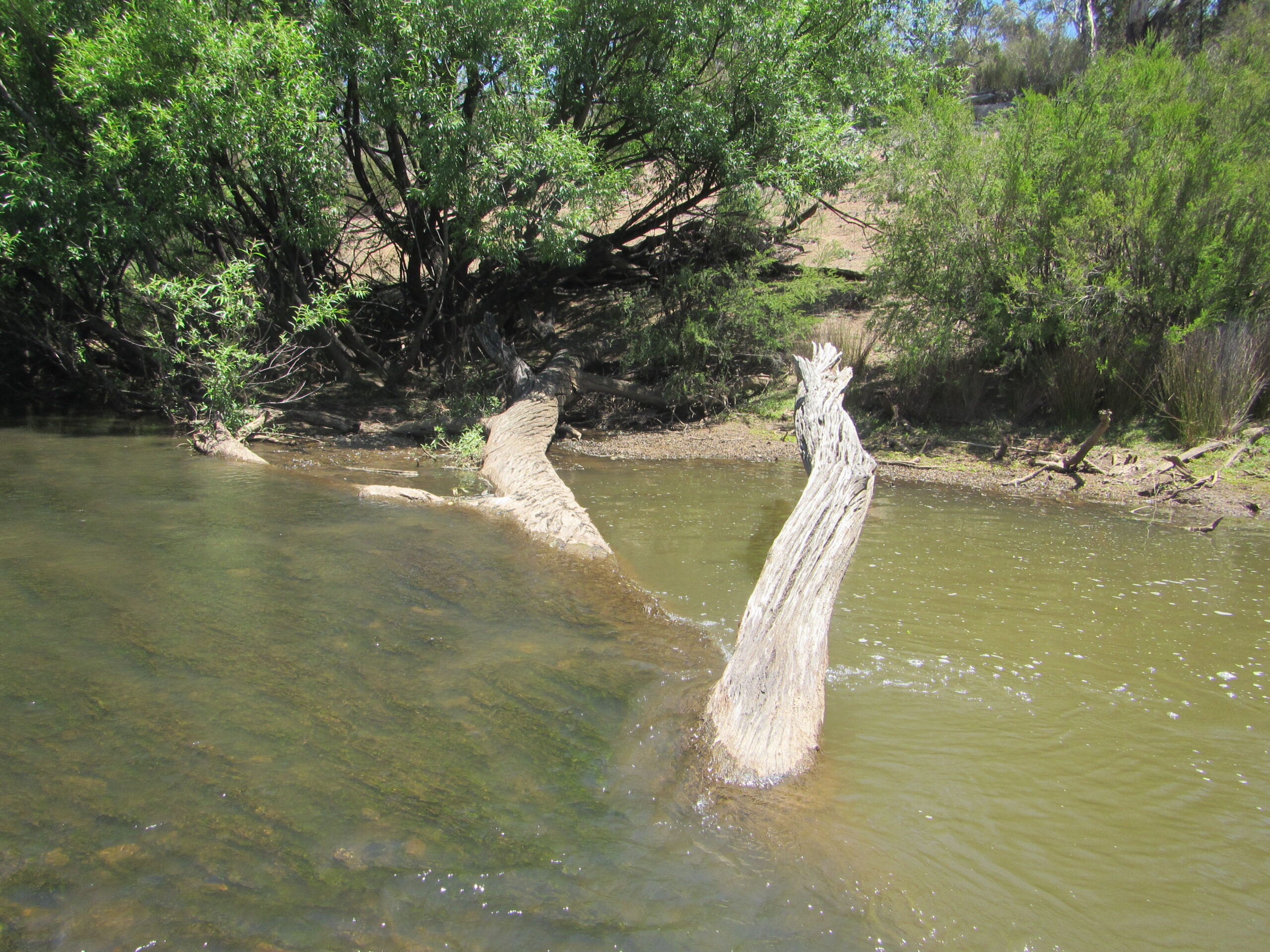
Restoring fish habitat ‘after the fires’
With the support ofd the Caterpillar Foundation we have been able to focus on protecting and improving key breeding and refuge areas to assist our fish species to recover. One of these sites is downstream of the Cooma Gorge, which is upstream of the hardest hit fire affected areas.
The Cooma Gorge is significant as it is a known breeding location for Macquarie perch that move to it in Spring to spawn. Once they have spawned they they return to the wider pools below the Cooma Gorge to live and grow. Part of the reason why Macquarie perch spawning is supported in this area is because the Cooma Gorge has high quality instream and riparian habitat.
Below the Cooma gorge, the river runs through wide floodplains which have been historically modified by clearing of native vegetation and use for agricultural production. The flatter gradient of this reach means it is more susceptible to building up ash and sediment. Restoring habitat in this area is a key priority if we want to support Macquarie perch recovery.
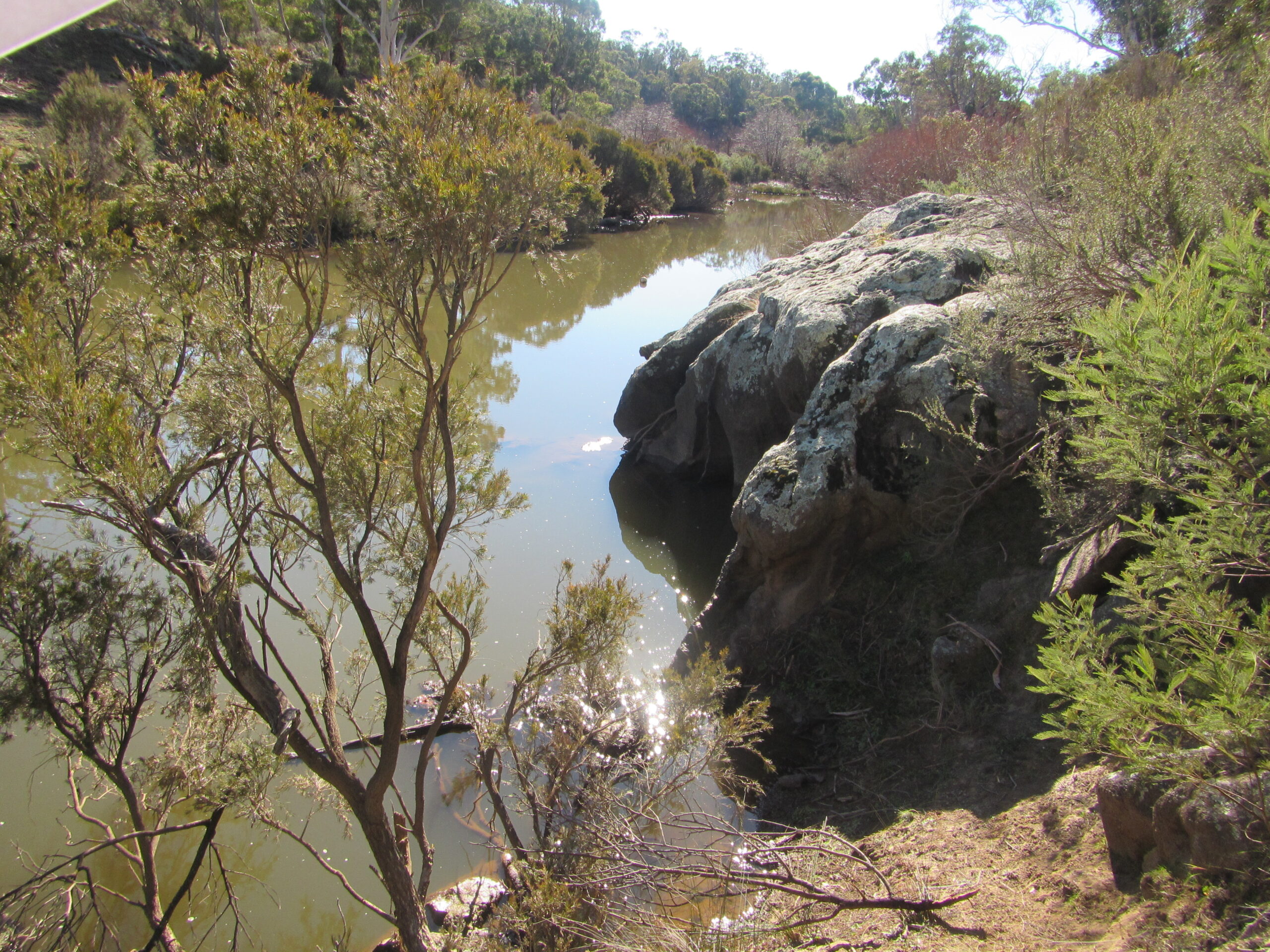
New homes and habitat for fish
Our project is installing a native log habitat structure (referred to as snags) just downstream of the Cooma Gorge to provide new homes for fish. This will involve placing two large rootballs and logs into the river and securing them to the bank with hardwood pins. The logs we used for this project were sourced locally and came from a fire affected area along a road where they had to be felled due to safety reasons.
The project also controlled emerging willows which were increasingly colonising the site. Willows will colonise bare banks and outcompete native vegetation- shading our groundcovers such as reeds and sedges. Willows exacerbate trapping of silt and sediment, as well as contributing leaf fall to the stream each autumn which decreases water quality and dissolved oxygen as it degrades. By controlling willows our project is helping to improve water quality, reduce the build up of sediment and allow regeneration of native reeds and shrubs along the edges.
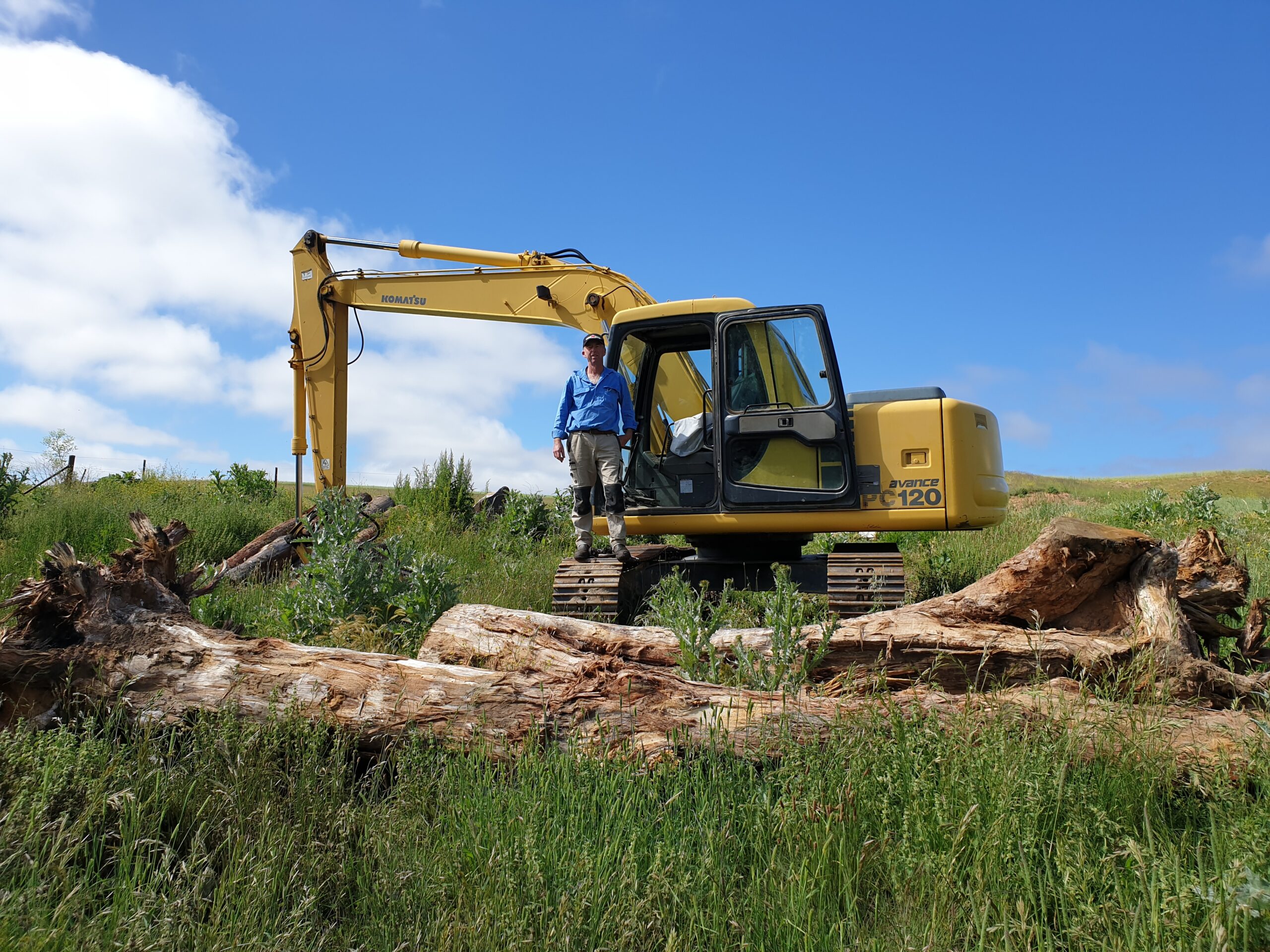
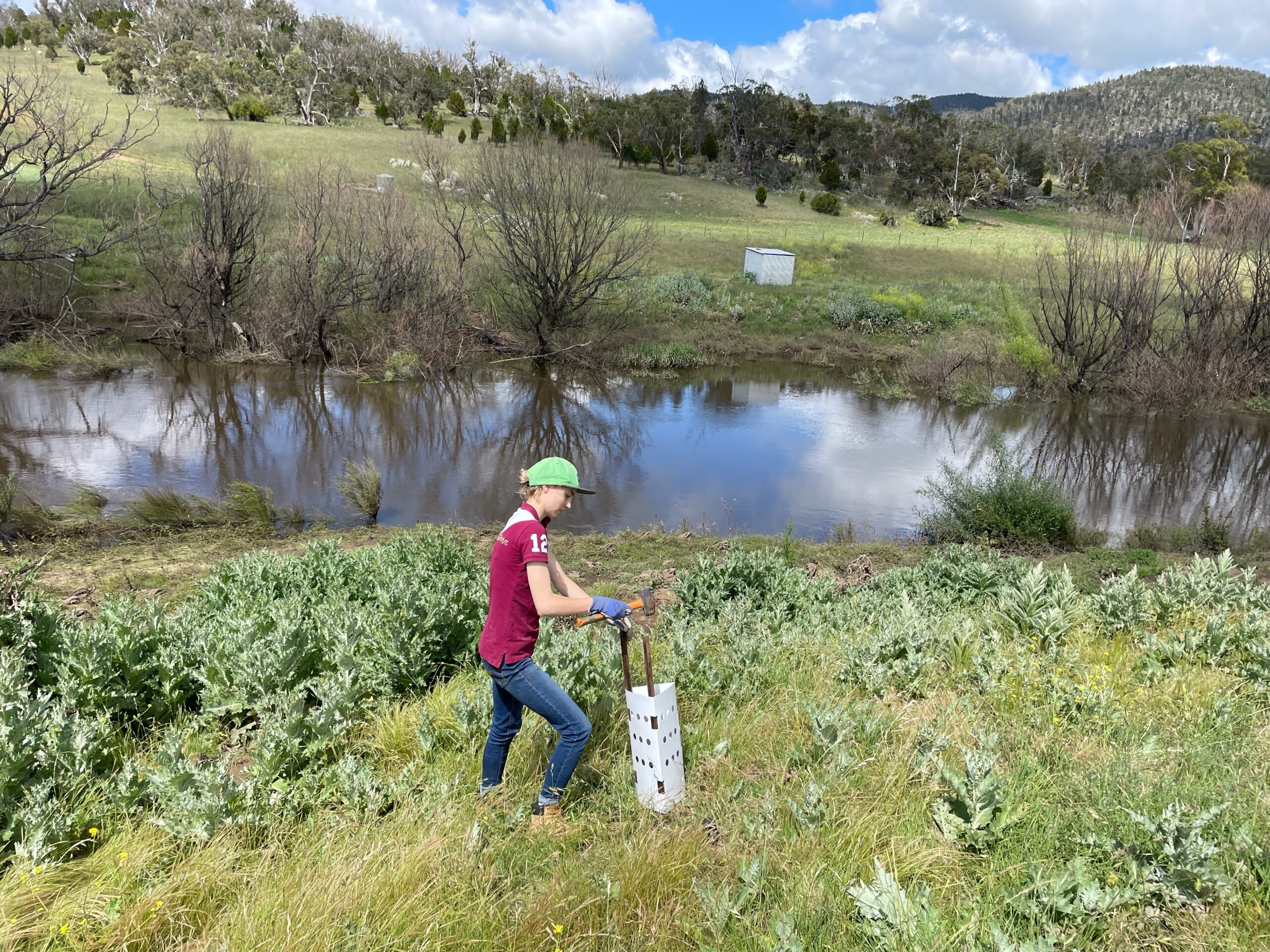
Complementing other efforts to save our native fish
The project complements the efforts of the Rivers of Carbon Macquarie perch project which is revegetating the banks with native vegetation in the same reach to further assist with increasing native vegetation on the banks.
Such efforts to re-snag, control invasive weeds and revegetate the banks are important actions to improve the core habitat for Macquarie perch, allowing the fish to shelter from predators and increasing habitat complexity which supports ecological processes. Thanks to the Caterpillar Foundation we have been able to improve instream habitat at these sites, providing homes for a critical population of Macquarie perch and giving them the best chance to survive and reproduce wthe upper Murrumbidgee is restored.
Restoring our Rivers – ‘After the Fire’
Restoring our Rivers – ‘After the Fire’, is a practical, focused response designed to help landholders grapple with the immense damage sustained to their properties as a result of a fire storm, followed by a mass erosion event, which swept through parts of the Upper Murrumbidgee earlier in 2020.



